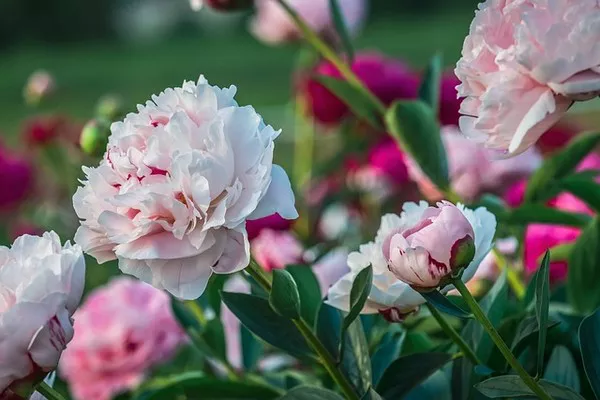Flowers, with their vibrant hues and delicate petals, have been cherished for centuries as symbols of beauty and emotion. While their natural lifespan is ephemeral, the art of drying flowers allows us to capture and extend their allure. Whether you have received a special bouquet, grown your own garden, or simply want to preserve the memories associated with certain blooms, drying flowers is a timeless and rewarding practice. In this comprehensive guide, we will explore various methods and essential tips to ensure successful flower drying, allowing you to enjoy their beauty for years to come.
Choosing the Right Flowers:
Not all flowers are suitable for drying, and selecting the right blossoms is crucial for achieving optimal results. Flowers with sturdy petals, such as roses, lilies, and marigolds, tend to dry well. Herbs like lavender and rosemary also respond favorably to drying methods. It’s important to choose flowers that are at their peak, with no signs of wilting or browning, as the drying process will only preserve their current state.
Methods of Drying Flowers:
Air Drying:
Air drying is one of the simplest and most traditional methods of preserving flowers. To start, gather your flowers into small bunches, securing them with rubber bands. Hang them upside down in a dry, dark, and well-ventilated space. This method works well for robust flowers with low moisture content.
Silica Gel Drying:
Silica gel is a desiccant that absorbs moisture quickly and efficiently. Place the flowers in a container filled with silica gel, ensuring they are completely covered. Seal the container and leave it undisturbed for several days. Silica gel is reusable, making it a cost-effective option for those looking to dry flowers regularly.
Pressing:
Pressing flowers is an age-old technique that involves flattening blossoms between sheets of absorbent paper. Once the flowers are carefully arranged on the paper, place them in a heavy book or a flower press. This method is ideal for delicate blooms like pansies and daisies, as well as foliage.
Microwave Drying:
Microwave drying is a modern and speedy method. Place the flowers between layers of paper towels, ensuring they do not touch each other. Microwave on low heat in short intervals, checking for dryness after each round. While efficient, this method is best suited for flowers with low water content.
Oven Drying:
Oven drying involves placing flowers on a low heat setting for an extended period. This method is suitable for flowers like roses and zinnias. Preheat the oven to its lowest setting, place the flowers on a parchment-lined tray, and let them dry with the oven door slightly ajar to allow moisture to escape.
Tips for Successful Flower Drying:
Harvest at the Right Time: Choose flowers for drying when they are in full bloom. Harvest them in the morning after the dew has evaporated but before the sun is too intense, as this is when their moisture content is lowest.
Remove Excess Foliage: Trim excess leaves and foliage from the stems, as they contain additional moisture that can impede the drying process.
Handle with Care: Flowers are delicate, especially when they are in the drying process. Handle them gently to prevent damage to the petals or distortion of their natural shape.
Choose the Right Location: Ensure your drying area is dark, well-ventilated, and dry. Excessive light can fade the colors of the flowers, while high humidity can hinder the drying process.
Patience is Key: Rushing the drying process can result in subpar results. Allow flowers to dry completely before handling or arranging them, as any remaining moisture can lead to mold.
Experiment with Preservation Sprays: Consider using commercial flower preservation sprays to enhance the color and longevity of your dried flowers. These sprays create a protective coating that helps maintain the flowers’ appearance.
SEE ALSO June’s Birth Flower: The Rose – A Symbol of Love and Beauty
Conclusion:
Drying flowers is a delightful and rewarding endeavor that allows us to capture the fleeting beauty of blossoms and create lasting memories. Whether you opt for traditional air drying, modern techniques like silica gel or microwave drying, or the timeless art of pressing, the key lies in patience, attention to detail, and a genuine appreciation for the art of preserving nature’s ephemeral wonders. By following these methods and tips, you can embark on a journey to create stunning dried flower arrangements that bring a touch of timeless elegance to your home or serve as cherished gifts for loved ones.


